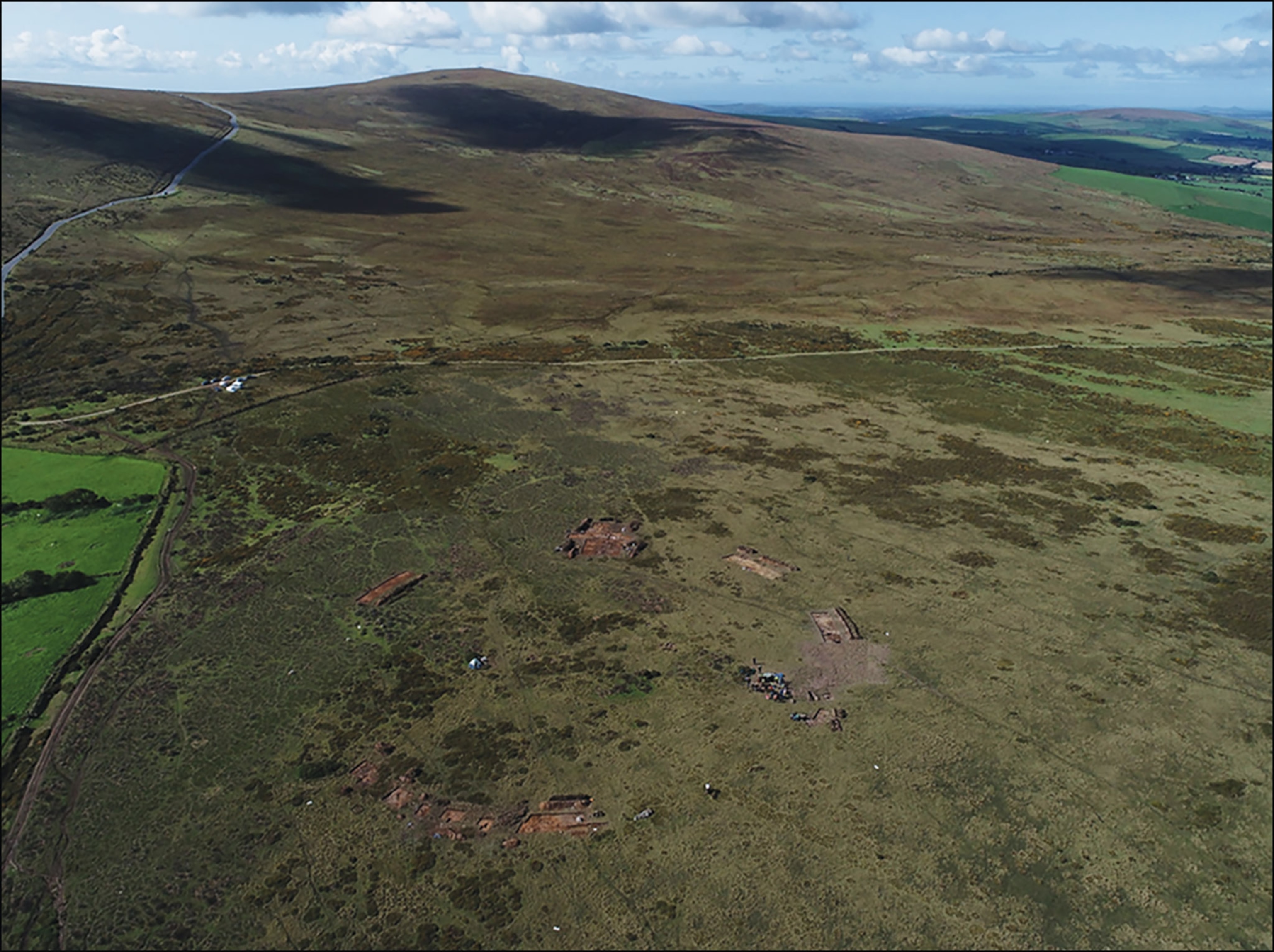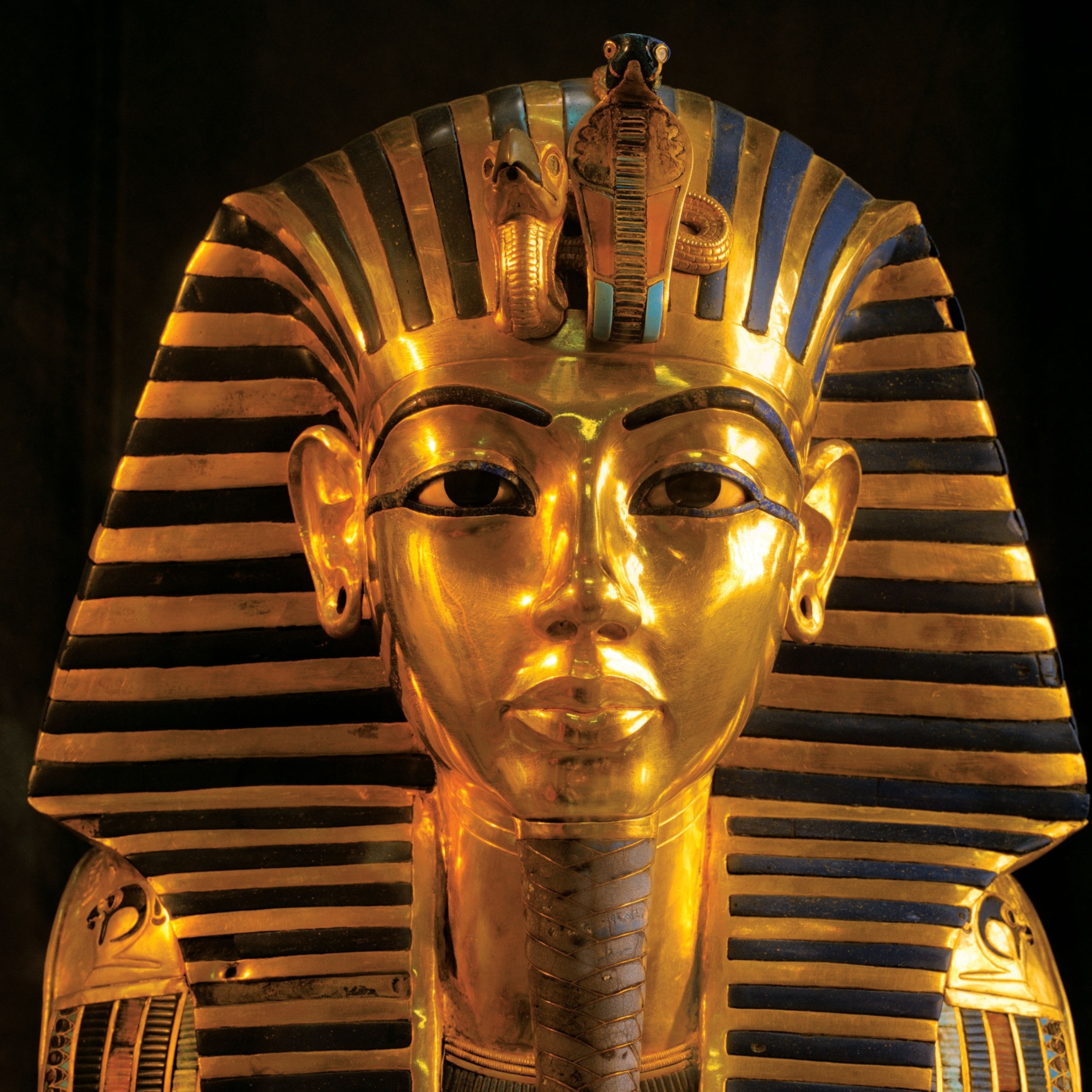
3-ton parts of Stonehenge may have been carried from earlier monuments
Years of archaeological research now suggest that Neolithic Britons lugged massive elements of the iconic monument from far-flung reaches of the island.
It’s not difficult to see why Stonehenge is one of the most iconic archaeological sites in the world. The 4,600-year-old stone circle on southern England’s Salisbury Plain was built by people who left no clear hints to its purpose or obvious clues to their own identity—mysteries that have long gripped archaeologists, modern-day druids, science fiction writers, and tourists.
Now, a new study published in the journal Antiquity offers another plot twist in the saga of Stonehenge: The World Heritage site may not be an original creation. A team of researchers has found a possible precursor to Stonehenge in the remains of an even older monument in Wales.
The megalithic circle at the Welsh site of Waun Mawn has comparable dimensions to Stonehenge, is similarly aligned with the sun, and appears to feature some of the same building materials. But unlike Stonehenge it has few surviving stones. The research team speculates that the builders of Waun Mawn dismantled it five millennia ago and hauled some of its three-ton bluestones 175 miles east to the Salisbury Plain—an extremely arduous (and, on a practical level, unnecessary) endeavor. So why do it?

To ancient Britons, the bluestones “must have been considered as not just valuables, but the very essence of who they were,” says Michael Parker Pearson, an expert in British prehistory at University College London and the study’s lead author. Pearson, whose work is supported in part by the National Geographic Society, suspects that the discovery at Waun Mawn may bolster a particularly evocative hypothesis: Stonehenge’s bluestones (named for their color) were the physical representations of the migrants’ ancestors or their ancestral memories. The Neolithic Britons were literally carrying the weight of their ancestors with them across the realm.
At this stage of research, however, it’s impossible to make firm conclusions—something both the study’s authors and outside experts acknowledge. “One of the things I’ve always enjoyed about Stonehenge is that there are a lot of questions that can probably never be answered,” says Kate Fielden, vice chairperson of Rescue—The British Archaeological Trust, who wasn’t involved with the research. “I like the idea of there being a mystery.”
Clues in ancient legends?
Game-changing advances in archaeological science over the past few decades have whittled down Stonehenge’s possible origin stories. Its alignment with the summer and winter solstices implies an astronomical connection, and the site’s multitude of cremated human remains suggests a link with the dead or ancestor veneration. (Read more about how Stonehenge was built.)


Stonehenge wasn’t built in a flash. Construction began 5,000 years ago, and the monument took on various forms over subsequent centuries. It was ultimately made of two types of stone: sarsens—20-ton sandstone slabs that make up the larger central horseshoe and the standing outer stone circle—and an inner arc of smaller three-ton bluestones. Geochemical analysis indicates that the sandstone sarsens were taken from West Woods, a stone’s throw from Stonehenge.
The bluestones, by contrast, are believed to have been dragged by land nearly 200 miles all the way from the Preseli Hills in western Wales. Parker Pearson and fellow researchers recently found perfect matches for Stonehenge’s bluestones in two Welsh quarries.
The journey of those bluestones has echoes in an old legend, archaeologists note. In the 12th century tome the History of the Kings of Britain, Geoffrey of Monmouth recounts the tale of how the wizard Merlin tore apart the Giants’ Dance, an ancient stone circle in Ireland, and used 15,000 men to remake it on Salisbury Plain.
Although this curious tale of a sorcerer’s whims has little basis in reality, the fact that the Stonehenge bluestones came from Wales, right across the sea from Ireland, made some wonder if the myth might contain a kernel of truth. Did Stonehenge’s precursor exist somewhere to the west? Unable to resist a challenge, Pearson’s team—a group that included archaeologists, geologists, aerial photogrammetry experts, and specialists in radiocarbon and crystal dating—spent much of the past decade trying to find out.
The hunt for precursors
First identified as a site of Stonehenge-related interest in 2010, Waun Mawn isn’t much to look at today—just four bluestones arranged in a possible arc. In 2011 archaeologists used remote-sensing technology to peer beneath the surface of the site, but they failed to find anything of intrigue.
On a hunch, the team returned to Waun Mawn in 2017 and dug small trenches at either end of the arc, finding two pits where standing stones were once located. “That really was a moment where I thought, wow, maybe, just maybe, we’re finally on the right track,” says Parker Pearson.
Once again, however, geophysical surveys turned up no more pits where stones would have stood. Remote-sensing techniques have been instrumental in seeing below the surface at Stonehenge. For those same methods to fail at Waun Mawn, even after the promising evidence found in the dug trenches, was both ironic and frustrating.
“There’s nothing more difficult than trying to find a stone circle that’s no longer there,” Parker Pearson says.
The research team eventually realized that this patch of Welsh land lacked the magnetic minerals, or any electrically conductive rocks, necessary for the remote-sensing equipment to work as designed. “Modern high-tech was just not going to do the job,” says Parker Pearson. “We were going to have to do it old school, and do it all by hand.”
Perfect puzzle pieces
After months of excavating and examining the soil for the slightest changes in texture, color, and topography, the archaeologists discovered more pits. These “stone sockets” comprised a segment of what was originally a 360-foot-wide circle—the same diameter as the ditch that encloses Stonehenge. If all the stones at Waun Mawn still stood in their sockets, the monument would align with the summer solstice sunrise—again, just like Stonehenge.
Next, the research team turned to radiocarbon dating of charcoal from the site, as well as optically stimulated luminescence, which indicates the last time the quartz-rich sediments packed into the stone sockets had been exposed to sunlight. Together, they suggested Waun Mawn was built between 5,000 and 5,600 years ago, predating the construction of Stonehenge.

But where did Waun Mawn’s stones go? One of bluestones at Stonehenge provided a clue: a very specific cross-section that matches one of the stone sockets at Waun Mawn. Moreover, chips of rock at the bottom of one of the Waun Mawn sockets were a geologic match to that specific type of Stonehenge bluestone, a rock technically known as an unspotted dolerite.
Earlier analysis of human skeletal remains from Stonehenge found chemical evidence that some of the dead hailed from west Wales. Taken together, the data told a dramatic and unexpected story: The stone circle at Waun Mawn was dismantled by its creators and taken to Salisbury Plain, where builders mirrored its design and used some of its bluestones to erect Stonehenge.
The study authors consider this a strong but tentative theory, and some independent experts agree. Richard Madgwick, an archaeologist at Cardiff University in Wales, says the idea that Stonehenge has at least one Welsh precursor “is pretty convincing.”
Other experts, however, don’t think there’s enough evidence yet.
“Looking for evidence to support the oral traditions embedded in Geoffrey of Monmouth’s account is an interesting approach, but the remains found at Waun Mawn so far do not really conform to what we would expect from a stone circle of this period,” says Timothy Darvill, an archaeologist at Bournemouth University. “More work is clearly needed to substantiate the claims.”
What’s the meaning of Stonehenge?
As only one of Stonehenge’s surviving 44 bluestones can (for now) be confidently matched to Waun Mawn, the research team suggests that they may have been sourced from multiple sites across the region. If so, that suggests Stonehenge was of particular importance to its migratory makers—but why?
Multiple studies of ancient DNA reveal that the people buried around Salisbury Plain 5,000 years ago had different ancestral origins. Some came from west Wales and Ireland, where they built stone tombs, while others came from eastern England, where burials were in long barrow mounds. “These are also areas that traditionally had different forms of lifestyles and, you could say, death styles,” says Parker Pearson.
Stonehenge lies right between these areas, and Pearson thinks that the monument may serve as a sort of a unifying “neutral ground” where different Neolithic groups could reconcile cultural differences.
Recent work led by Madgwick supports this idea. His team found a wealth of pig bones at Durrington Walls, a Neolithic site close to Stonehenge. Chemical analyses of these porcine remains revealed they came from all over Britain and were consumed in huge feasts. The entire site could have been the “Glastonbury [Festival] of its time,” says Madgwick, where people from across the British Isles converged to share their identities and experiences.
This new study contributes to the notion that those involved with Stonehenge were far from static and isolationist, says Vincent Gaffney, an archaeologist at the University of Bradford in England who wasn’t involved with the research. These ancient Britons, he says, lived in “a society which was not monolithic, which was not stationary, but flexible, interactive. There were movements of goods, and there appeared to be movement of substantial pieces of material culture.”
Memories etched in stone
It’s less clear why those specific bluestones were dragged from Wales to Salisbury Plain. But monoliths from the other side of the world may reveal the answer.
Back in the 1990s, Parker Pearson was working with a Malagasy archaeologist studying megalithic constructs on Madagascar, which are still being built to this day. The stones, his colleague explained, were for the ancestors. Wood rots. Stone lasts forever. Megaliths were used to represent the dead and essentially keep their memories alive for eternity.
The same may apply to those migratory Welsh bluestones. They were set up at Stonehenge, and like many “passage tombs” built during that epoch, they were arranged to align with the movements of the sun—another eternal entity. Stonehenge, then, may have been not only a multicultural gathering point, but also a monument of remembrance.
We may be separated from these people by 5,000 years, but it’s easy to empathize with their desire to immortalize their forerunners. Those bluestones were three-ton versions of the small mementos —photographs, letters, trinkets—of loved ones passed on.
And just like those ancient Britons, if we move home, we take those treasured totems with us.
“You’re taking the thing that represents who you are, because of who your ancestors are,” says Parker Pearson.







